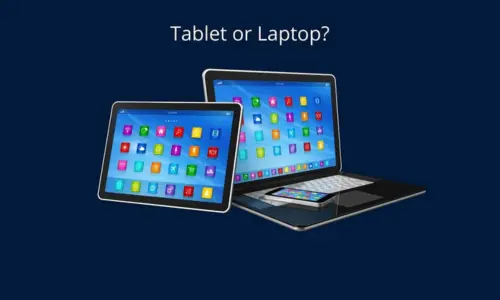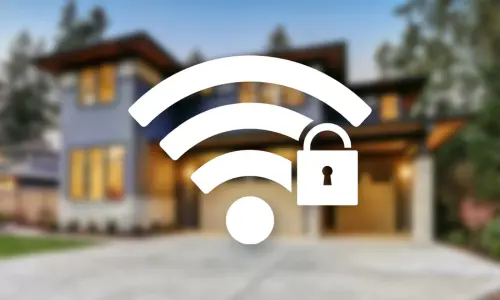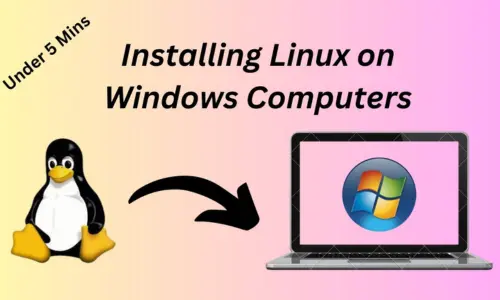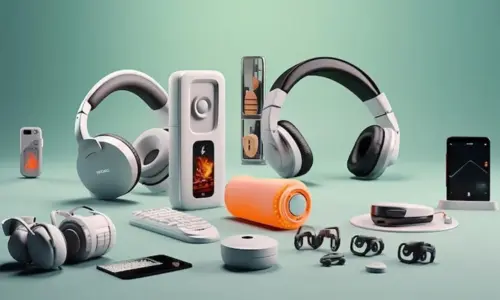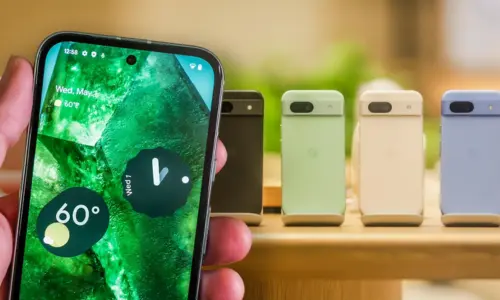Laptops vs. Tablets: Which is Better for Productivity?
In the modern workspace, choosing the right device for productivity can significantly impact your efficiency and effectiveness. Both laptops and tablets have their unique strengths and limitations, and understanding these can help you make an informed decision based on your specific needs. In this article, we’ll compare laptops and tablets in terms of productivity, examining their key features, advantages, and potential drawbacks to help you determine which device is better suited for your work.
1. Understanding Laptops
1.1 What Is a Laptop?
A laptop is a portable computer with a built-in keyboard, screen, and battery. It is designed to provide a full computing experience, offering powerful performance, extensive storage, and the ability to run complex applications. Laptops are commonly used for tasks that require significant processing power and multitasking capabilities.
1.2 Key Features
- Performance: Equipped with powerful processors (e.g., Intel Core, AMD Ryzen), ample RAM, and fast storage solutions (e.g., SSDs).
- Operating System: Typically runs full desktop operating systems like Windows, macOS, or Linux, allowing for a wide range of applications and software.
- Input Devices: Includes a full-sized keyboard and touchpad or mouse, making it easy to type and navigate.
- Ports and Connectivity: Offers various ports (USB, HDMI, Ethernet) for connecting peripherals and external devices.
1.3 Popular Models
- Apple MacBook Pro (M2): Known for its high performance, excellent build quality, and seamless integration with the Apple ecosystem.
- Dell XPS 13: Praised for its sleek design, powerful performance, and high-resolution display, making it a top choice for professionals.
2. Understanding Tablets
2.1 What Is a Tablet?
A tablet is a touch-screen device that is more portable and often lighter than a laptop. Tablets can run mobile operating systems like iOS or Android, and they are designed for touch-based interaction. Many tablets offer the option to attach a keyboard and stylus, enhancing their versatility.
2.2 Key Features
- Portability: Lightweight and slim design, making it easy to carry around and use in various settings.
- Touch Interface: Operates through touch gestures, which can be intuitive for some tasks and applications.
- Operating System: Runs mobile operating systems (e.g., iOS, Android) that may have limitations compared to desktop OS.
- Accessories: Often supports accessories like detachable keyboards and styluses, which can enhance productivity.
2.3 Popular Models
- Apple iPad Pro: Offers high performance, a vibrant display, and support for the Apple Pencil and Magic Keyboard, making it a powerful tool for creative and professional tasks.
- Microsoft Surface Pro 9: Combines the portability of a tablet with the functionality of a laptop, featuring a detachable keyboard and Windows 11.
3. Comparing Laptops and Tablets for Productivity
3.1 Performance and Capability
- Laptops: Generally provide more powerful processors, greater RAM, and larger storage options, making them suitable for intensive tasks such as software development, video editing, and multitasking. They are also capable of running full desktop applications and handling more demanding workflows.
- Tablets: While tablets have made significant strides in performance, they may still lag behind laptops in terms of raw power and multitasking capabilities. They are well-suited for lighter tasks such as browsing, note-taking, and basic content creation.
3.2 Input and Navigation
- Laptops: The physical keyboard and touchpad or mouse provide a more comfortable and efficient typing and navigation experience, especially for long documents and extensive data entry.
- Tablets: Touch-screen interfaces can be intuitive for certain tasks, but typing on a virtual keyboard can be less efficient compared to a physical one. However, attaching an external keyboard can mitigate this issue.
3.3 Portability and Flexibility
- Laptops: While laptops are portable, they are generally bulkier and heavier than tablets. They are better suited for fixed workspaces or travel where you can carry a larger device.
- Tablets: Their compact and lightweight design makes them highly portable and ideal for on-the-go productivity. They are easy to use in various settings, including standing or lying down.
3.4 Software and Applications
- Laptops: Offer access to a wide range of desktop applications and professional software, providing greater flexibility for specialized tasks and complex projects.
- Tablets: Run mobile apps that are often optimized for touch interaction. While many productivity apps are available, they may lack the full functionality of desktop software.
3.5 Battery Life
- Laptops: Battery life can vary significantly depending on the model and usage, but many laptops offer solid performance with battery life ranging from 6 to 12 hours.
- Tablets: Generally have longer battery life due to their lower power consumption, with many tablets offering between 8 to 15 hours of usage.
4. Which One Should You Choose?
4.1 For Intensive Work
If your work involves resource-heavy applications, extensive multitasking, and requires a full-sized keyboard, a laptop is likely the better choice. Laptops offer superior performance, greater storage, and a more comfortable typing experience, making them ideal for tasks that demand high productivity.
4.2 For Portability and Light Work
If your primary need is portability and you engage in lighter tasks such as reading, note-taking, or casual content creation, a tablet could be a more suitable option. Tablets are ideal for on-the-go productivity, offering a compact design and intuitive touch interface.
4.3 For Versatility
If you seek a device that combines the functionality of a laptop with the portability of a tablet, consider a 2-in-1 device like the Microsoft Surface Pro or Lenovo Yoga series. These devices offer the flexibility to switch between a laptop and tablet mode, providing a versatile solution for varying productivity needs.
Conclusion
Laptops offer robust performance, extensive software capabilities, and a full-sized keyboard, making them ideal for complex and demanding tasks. Tablets, on the other hand, provide portability, a touch interface, and a lightweight design, making them suitable for lighter tasks and mobile productivity.
By evaluating your work habits, the types of tasks you perform, and your need for portability versus performance, you can select the device that best enhances your productivity and fits seamlessly into your workflow.

